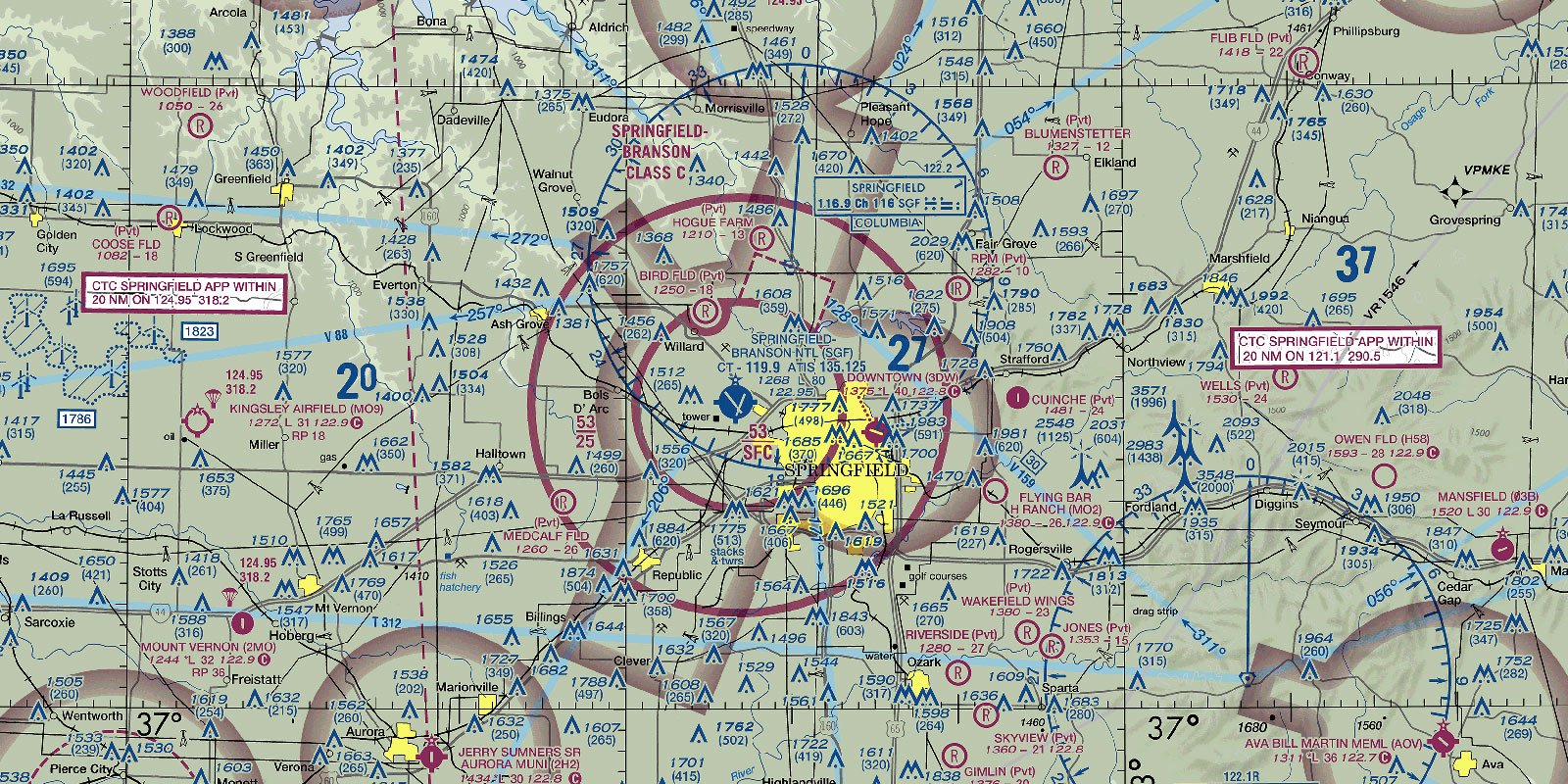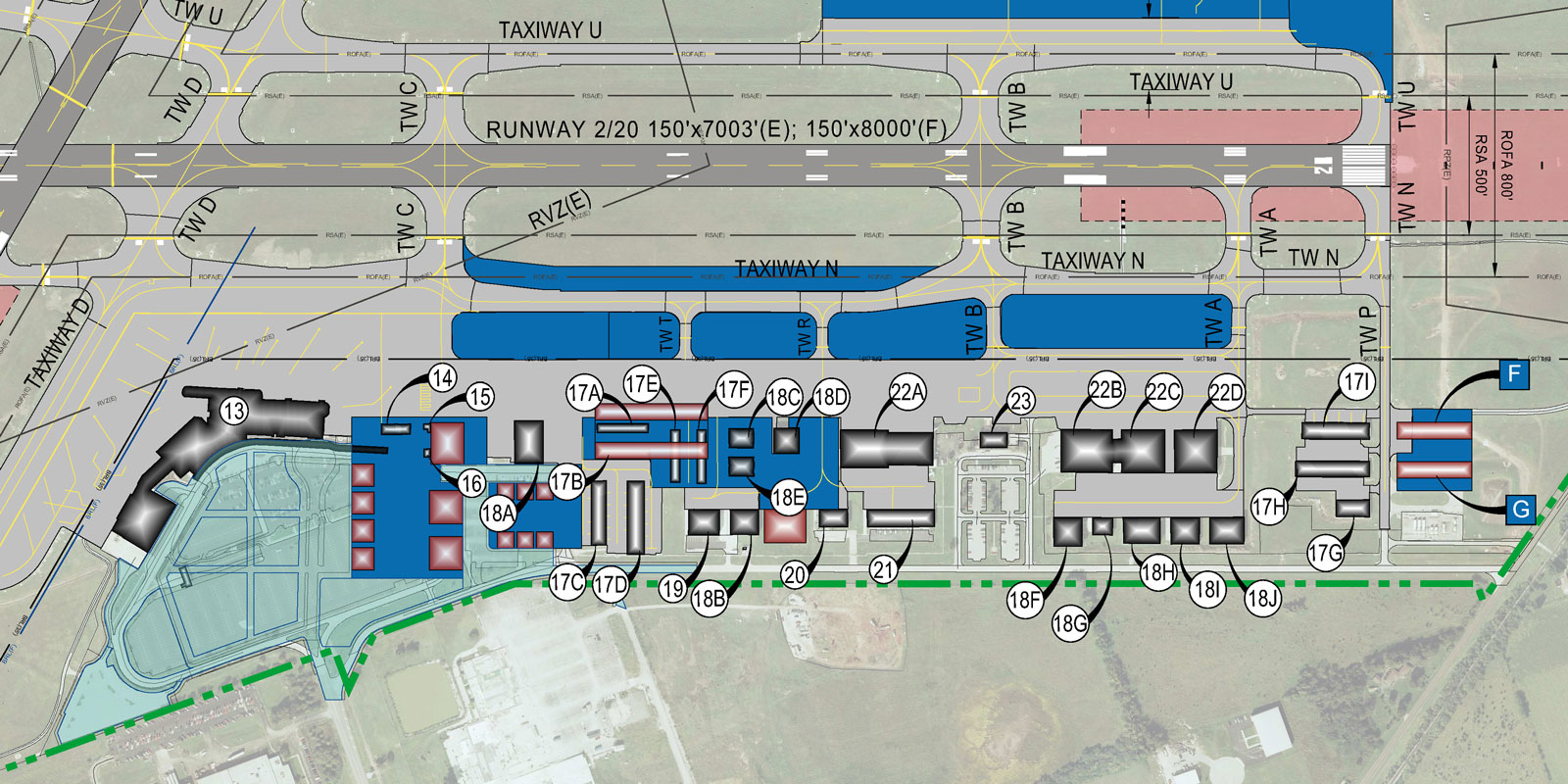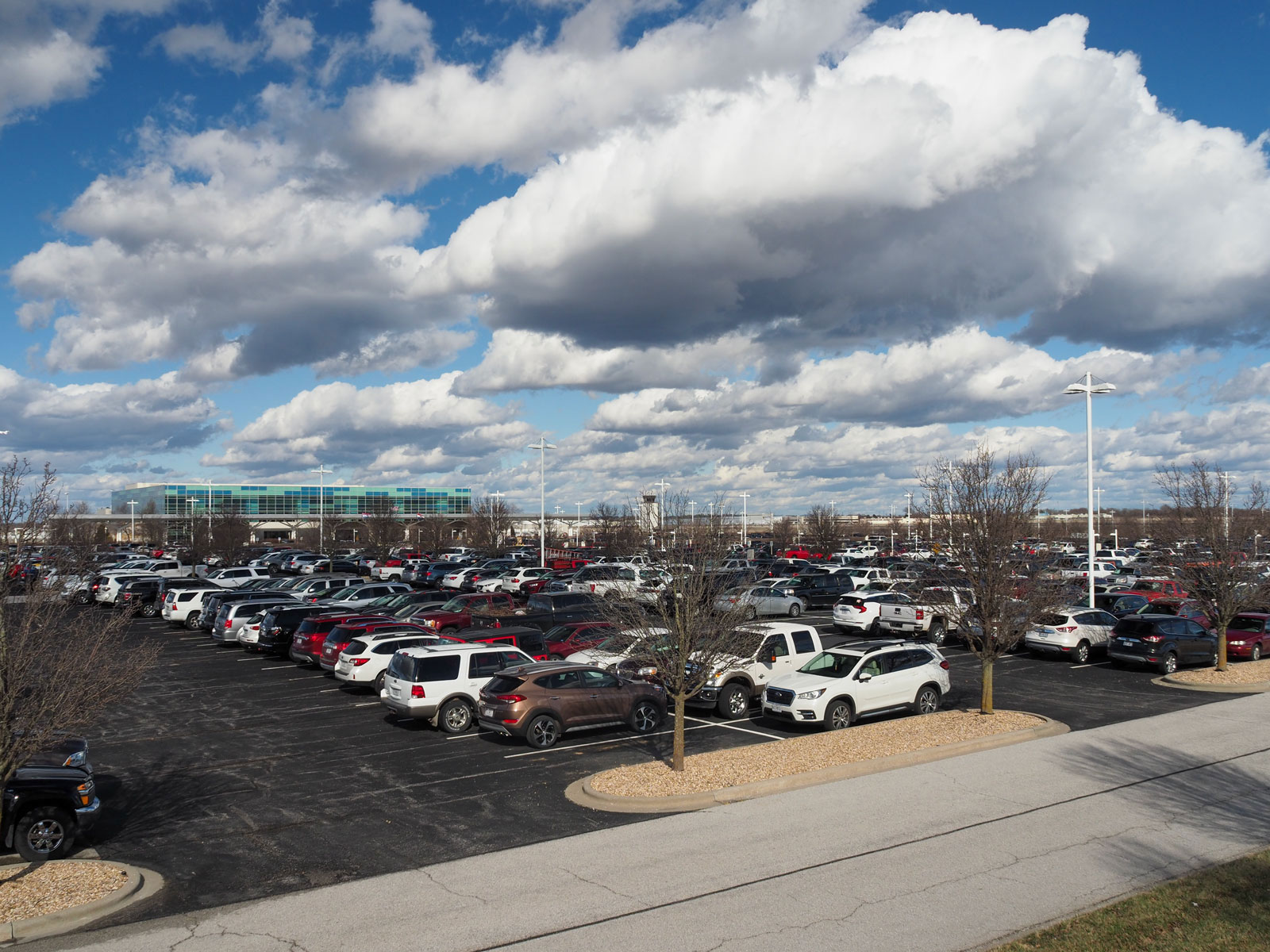
Presented by Springfield-Branson National Airport
This post was paid for and produced by Springfield-Branson National Airport. The Daily Citizen newsroom was not involved in the creation of this content.
Running and maintaining an airport is part of a planning process that’s measured in decades. Here’s a peek at the planning that keeps planes flying in and out of Springfield.
“Planning is everything.” President Eisenhower gets credit for saying that.
Three simple words. But here's the thing: planning is tough. It requires a commitment of time, thought, discipline, and energy.
The federal government requires airports to plan in a very specific way. The Federal Aviation Administration (FAA) oversees the nation’s airports. It calls the airport planning process a “master plan.” Here’s how the FAA describes it:
“An airport master plan is a comprehensive study of an airport and usually describes the short-, medium-, and long-term development plans to meet future aviation demand.”
We’re talking about our airport’s master plan now because it’s time to update it. And we’re just about to the point of asking for public input.

Master Plan Public Meeting
Give us your thoughts!
October 17, 2023, 4:00 p.m. to 7:00 p.m.
Springfield Art Museum
1111 East Brookside Drive, Springfield, MO
The term “Master Plan” has an all-knowing, other worldly sound to it, but it’s really pretty simple. It boils down to three questions:
- What infrastructure improvements will the airport need in the future?
- When will the improvements be needed?
- How will the improvements be paid for?
If it sounds like busy work, consider this: the federal government helps pay for airport infrastructure and having a master plan is a requirement for an airport to get federal money. The plan shows the feds that a planning process is in place, and that there really is a need for the projects it’s being asked to help pay for.
Typically, the airport reviews the master plan every 15-20 years to see how the plan’s projections compare with reality.

How is the Master Plan used?
Hypothetical example: suppose the plan projects that an additional parking lot will be needed when the airport reaches the one million passenger milestone. As time goes on, and as passenger numbers approach one million, the airport will know, with help from the master plan, that it’s time to start building the additional parking lot.
Here’s a real-world example:
The location of our airport’s current airline terminal was identified in the 1967 master plan. That plan was updated in 1977. Of the update’s many observations, one stands out. It concluded that the maximum capacity of the terminal, being used at that time, was 880,000 total passengers a year. The update said when “that level of activity is attained, a new passenger terminal complex will be required.”

That number was reached and exceeded in 2005. Thanks to the master plan, a new terminal was already being designed and its finance plan was close to completion. Terminal construction began in 2006 and the feds helped pay for it because a master plan was in place. When the terminal opened in 2009, it was the end of a planning process that began 41 years before.
Our master plan was last updated in 2013. The growth projections made in that update proved to be conservative. For example, our airline passenger growth exceeded projections by nearly 15 percent. Put another way, we’re growing a lot faster than we thought we would. That means it’s time to update the master plan.
Updating the plan is a complicated process. We’ve hired Crawford, Murphy & Tilly (CMT) to do the work. It’s an engineering firm that specializes in public infrastructure and planning.

CMT has put the entire airport under its microscope. Here’s a small sample of what it has come up with so far …
- With the current rate of airline passenger growth, the airline terminal will need more customer parking within a few years. A parking garage may be the recommended solution.
- With the current rate of airline passenger growth, the airline terminal will need to be expanded sometime within the master plan’s planning period.
Other things being looked at, for a start: what’s the maximum capacity and life span of the airfield, airspace, airline terminal, hanger storage, aircraft parking, air cargo facilities, ramps, taxiway, and runways?
Airport master plans are not wish lists; they're an assessment of forecasted needs
The list goes on and on and on. It can make one’s eyes glaze over, because most of it isn’t particularly interesting — but it is important. If the individual components of the airport aren’t up to snuff, it can directly affect the local economy and the traveling public.
Having said all that, it’s important to point out that a master plan is not a “wish list” for new facilities — it’s an appraisal of what facilities will be needed to accommodate forecasted airport growth.
Bottom line: you won’t find any blue-sky thinking in a master plan. It’s an honest assessment of what the airport will likely need as we grow into the future.
Sometimes we’re asked if airline service is part of the planning process. No. Airlines will not add new service because we want them to. The population of the metropolitan area, per capita income, and customer demand are the main factors driving airline service decisions.

Tell us what you think
Please join us for our master plan public meeting, where you can discuss the master plan with airport staff and consultants.
The meeting is Tuesday, October 17, 2023, from 4:00 p.m. to 7:00 p.m. at the Springfield Art Museum, 1111 East Brookside Drive, Springfield, Missouri.
For those of you wanting to take a deep dive into the subject before the meeting, here's a link to the 2013 master plan.


